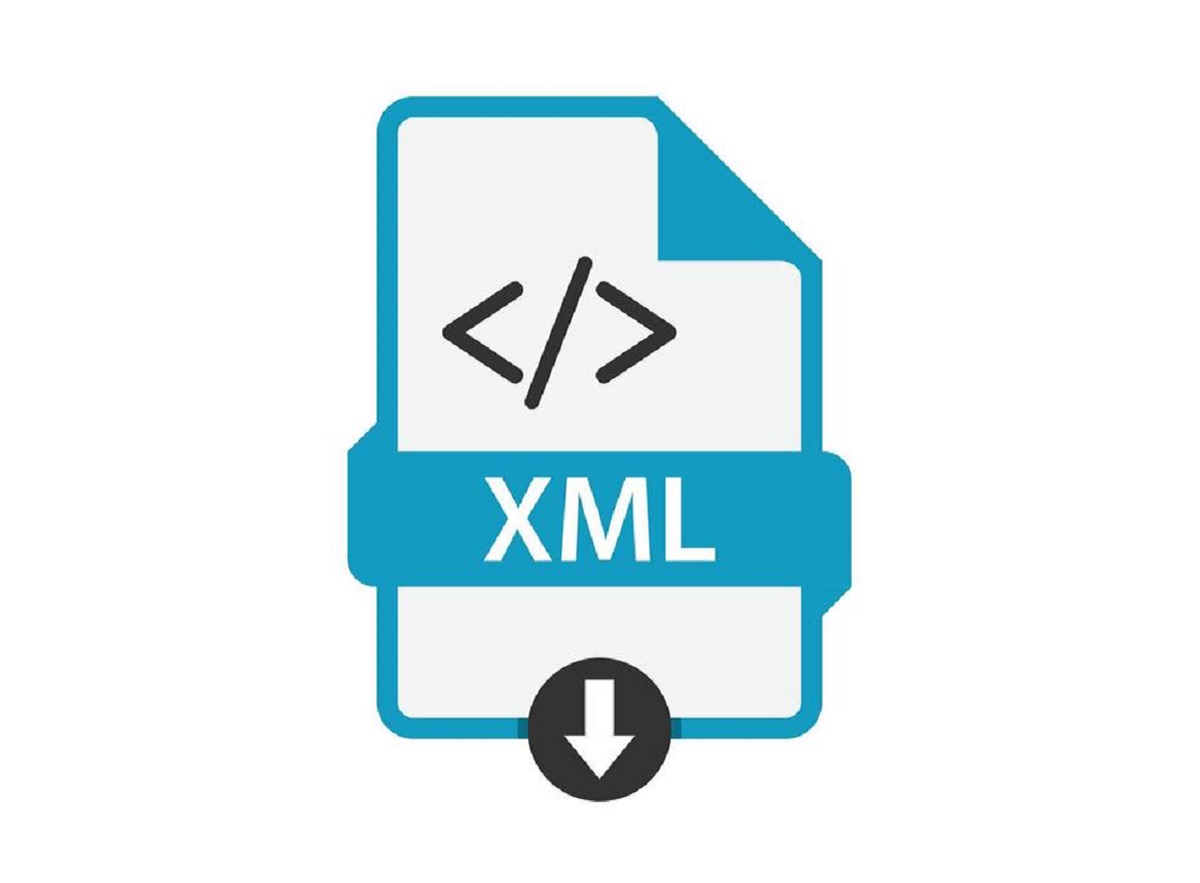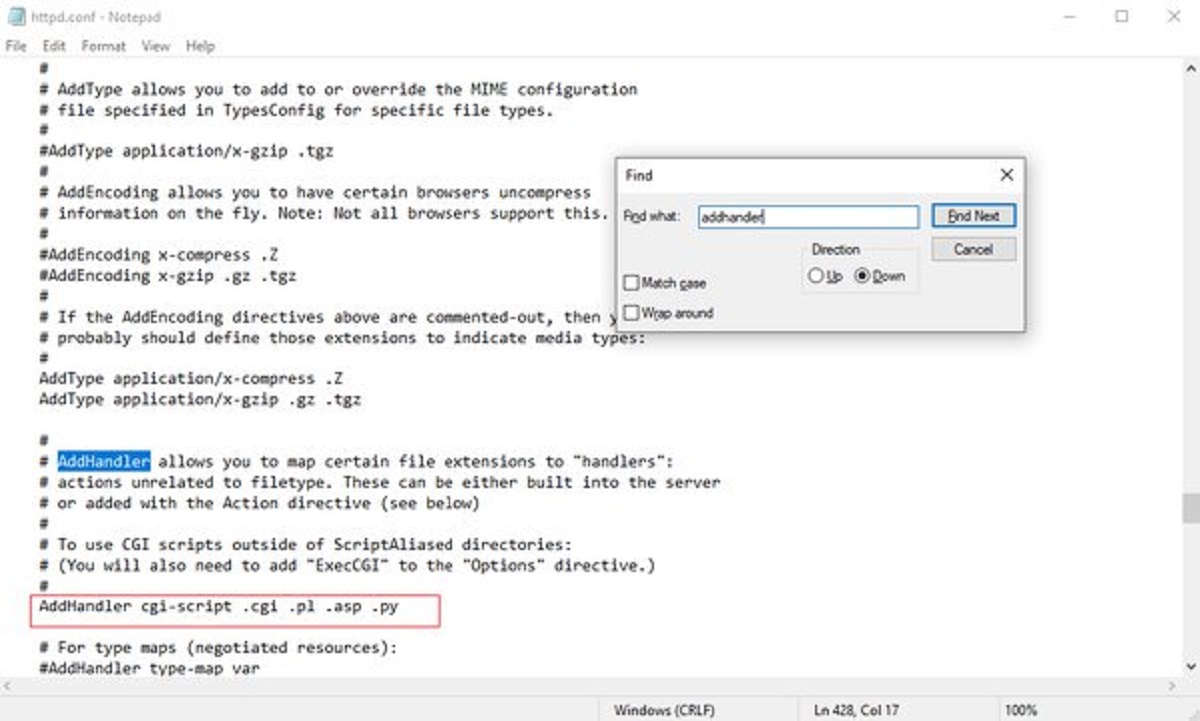Introduction
Downloading files in Python is a common requirement in various applications, ranging from web scraping to retrieving large datasets. Fortunately, Python provides several libraries that make this task straightforward and efficient.
In this article, we will explore different methods to download files using popular Python libraries such as requests, urllib, wget, and even the ftp library. We will also cover downloading files from a webpage, which can be particularly useful when you need to automate the retrieval of multiple files.
The ability to download files programmatically gives developers immense flexibility and power. Whether you need to download images, documents, videos, or other types of files, Python provides robust tools to accomplish this task.
Throughout this article, we will showcase different code examples and explain the steps involved in downloading files using each library. You can choose the library that best suits your project’s requirements and easily adapt the code to your specific needs.
By the end of this article, you will have a solid understanding of how to download files in Python using various libraries. So let’s dive in and explore the different methods together.
Libraries for downloading files
To download files in Python, you have several powerful libraries at your disposal. Each library offers different functionalities and methods to handle file downloads. Let’s take a closer look at some of the popular libraries commonly used for this purpose:
- Requests: The requests library is widely used for making HTTP requests in Python. It provides a simple and intuitive interface to download files from URLs. With built-in support for handling HTTP redirects, error handling, and file streaming, the requests library is a popular choice for file downloads.
- Urllib: The urllib library is part of Python’s standard library and offers a range of modules for handling URLs and downloading files. The urllib.request module in particular provides a high-level interface for making HTTP requests and downloading files.
- Wget: Wget is a utility for non-interactive downloading of files from the web. The wget library in Python is a wrapper around the wget utility and provides a simple way to download files using the same functionalities as the command-line tool.
- FTP: If you need to download files from an FTP server, Python’s ftplib library can come in handy. It provides a comprehensive set of methods for connecting to an FTP server, navigating directories, and downloading files.
Each of these libraries has its own advantages and use cases. Depending on your specific requirements and the type of files you need to download, you can choose the appropriate library to handle your file retrieval needs.
Now that we have a brief overview of the libraries available for downloading files, let’s dive into the details of each method and explore the code examples.
Using the requests library
The requests library is a popular choice for making HTTP requests in Python, and it provides a convenient way to download files from URLs.
To start downloading a file using the requests library, you first need to install it if it’s not already installed. You can do this by running the following command in your terminal:
pip install requests
Once you have the library installed, you can use the get() method from the requests module to send a GET request to the URL of the file you want to download. Here’s an example:
python
import requests
url = ‘https://example.com/file.pdf’
response = requests.get(url)
if response.status_code == 200:
with open(‘file.pdf’, ‘wb’) as file:
file.write(response.content)
print(“File downloaded successfully!”)
else:
print(“Error downloading file!”)
In the above example, we first specify the URL of the file we want to download. Then, we use the get() method to send a GET request to that URL. If the request is successful (status code 200), we open a file in binary write mode and write the contents of the response to that file. Finally, we print a success message indicating that the file was downloaded successfully.
The requests library also provides helpful features such as handling redirects, session management, and authentication, making it a versatile tool for file downloads.
In summary, the requests library offers a simple and efficient way to download files in Python. It handles the low-level details of making HTTP requests, allowing you to focus on processing and managing the downloaded files.
Using the urllib library
The urllib library is a built-in module in Python’s standard library that provides various modules for handling URLs, including downloading files. One such module is urllib.request, which offers a high-level interface for making HTTP requests and downloading files.
To use the urllib library, there is no need for additional installation as it comes pre-installed with Python. To download a file using urllib, you can follow these steps:
- Import the urllib.request module:
- Specify the URL of the file you want to download:
- Use the
urlretrieve()function to download the file:
python
import urllib.request
python
url = ‘https://example.com/file.pdf’
python
urllib.request.urlretrieve(url, ‘file.pdf’)
The urlretrieve() function takes two parameters: the URL of the file to download and the local file path where the downloaded file should be saved. In the example above, we pass the URL and the desired filename (‘file.pdf’) as arguments to the function.
When the code is executed, urllib will download the file from the specified URL and save it as ‘file.pdf’ in the current working directory. If you want to save the file in a different directory, you can specify the full path to the desired location.
The urllib library also provides additional functionalities, such as handling redirects, setting headers, and handling timeouts. These features give you more control over the downloading process and allow for customization based on your requirements.
In summary, the urllib library is a robust and reliable option for downloading files in Python, with the advantage of being part of the standard library. It offers a simple interface and handles the complexities of making HTTP requests and retrieving files from URLs.
Using the wget library
The wget library in Python is a convenient wrapper around the popular wget utility, which is used for non-interactive downloading of files from the web. The wget library allows you to easily download files using the same functionalities as the command-line tool, but with the flexibility and power of Python.
To begin using the wget library, you first need to install it. You can do this by running the following command in your terminal:
pip install wget
Once the library is installed, you can start using it to download files. The basic syntax to download a file using wget is as follows:
python
import wget
url = ‘https://example.com/file.pdf’
wget.download(url, ‘file.pdf’)
In the above example, we import the wget module and specify the URL of the file we want to download. We then call the download() function, passing the URL and the local file name as arguments. The function automatically downloads the file from the specified URL and saves it with the provided filename.
The wget library also offers additional features, such as handling HTTP and FTP authentication, supporting proxies, and providing progress bars to monitor the download progress in real-time. These features make downloading files with wget in Python a flexible and customizable experience.
Another advantage of using the wget library is that it is platform-independent, meaning you can use it on different operating systems without any additional adaptations. This makes it a versatile choice for downloading files in Python applications.
To summarize, the wget library in Python simplifies the process of downloading files from the web by providing an intuitive and powerful interface. Whether you need to download a single file or multiple files, wget offers a reliable and efficient solution.
Using the ftp library
If you need to download files from an FTP server, Python’s ftplib library provides a comprehensive set of methods for connecting to the server, navigating directories, and downloading files.
To use the ftplib library, you first need to import it:
python
from ftplib import FTP
Next, you can establish a connection to the FTP server using the FTP() constructor. Here’s an example:
python
ftp = FTP(‘example.com’)
ftp.login(user=’username’, passwd=’password’)
In the above example, we connect to the FTP server located at ‘example.com’. We then use the login() method to authenticate with a username and password. Replace ‘username’ and ‘password’ with the appropriate credentials for the FTP server you are accessing.
After establishing a connection to the FTP server, you can navigate to the directory where the file is located using the cwd() method:
python
ftp.cwd(‘path/to/directory’)
To download a file from the FTP server, you can use the retrbinary() method:
python
with open(‘file.pdf’, ‘wb’) as file:
ftp.retrbinary(‘RETR filename.pdf’, file.write)
In the above example, we open a file in binary write mode and use the retrbinary() method to retrieve the file named ‘filename.pdf’ from the server. The contents of the file are then written to the local file specified in the open() function.
The ftplib library also provides various methods for handling FTP-related operations, such as listing files in a directory, creating directories, and uploading files to the server. These features make it a versatile library for managing FTP connections and file transfers in Python.
In summary, the ftplib library in Python offers a comprehensive set of tools for connecting to FTP servers, navigating directories, and downloading files. It provides a straightforward way to interact with FTP servers and retrieve the files you need with ease.
Downloading files from a webpage
Downloading files from a webpage involves extracting the URLs of the files and using one of the previously mentioned libraries to download them. There are several approaches to accomplish this task, depending on the structure of the webpage and the location of the files.
One common method is to use a web scraping library, such as BeautifulSoup, to parse the HTML of the webpage and extract the URLs of the files you want to download. Here’s a basic example of how it can be done:
python
from bs4 import BeautifulSoup
import requests
url = ‘https://example.com/files-page.html’
response = requests.get(url)
soup = BeautifulSoup(response.text, ‘html.parser’)
file_links = []
for link in soup.find_all(‘a’):
href = link.get(‘href’)
if href.endswith(‘.pdf’):
file_links.append(href)
for file_link in file_links:
# Download the file using the appropriate library
# …
In the above example, we first make a GET request to the webpage using the requests library and create a BeautifulSoup object to parse the HTML. We then use the find_all() method to locate all anchor tags (‘a’) in the HTML and extract the ‘href’ attribute. We filter the links to include only those that end with ‘.pdf’, but you can modify this condition depending on the types of files you want to download.
Once we have the URLs of the files, we can use one of the previously discussed libraries, such as requests, urllib, or wget, to download them. You can iterate over the list of file links and use the appropriate library to download each file based on its URL.
It’s worth noting that when downloading files from a webpage, you may encounter challenges such as handling authentication, handling JavaScript-based downloads, or dealing with dynamic content. In such cases, you may need to use additional libraries or techniques specific to the webpage or file format you are working with.
In summary, downloading files from a webpage involves extracting the URLs of the files using web scraping techniques and utilizing one of the available libraries to download them. With the right approach and tools, you can automate the process of file retrieval from webpages and efficiently download the files you need.
Summary
Downloading files in Python is a fundamental task with various use cases in different applications. Throughout this article, we explored different methods to download files using popular Python libraries, including requests, urllib, wget, and ftplib.
The requests library offers a simple and efficient way to download files by sending HTTP requests and handling the response. It provides additional features such as handling redirects, session management, and error handling.
The urllib library, which comes pre-installed with Python, provides a range of modules for handling URLs and downloading files. It offers a high-level interface for making HTTP requests and supports features such as redirects, headers, and timeouts.
The wget library is a wrapper around the wget utility and allows for non-interactive downloading of files. It simplifies the process of file retrieval from the web and provides features such as progress bars, support for authentication, and proxy settings.
For downloading files from FTP servers, the ftplib library offers a comprehensive set of methods for establishing connections, navigating directories, and downloading files. It is a reliable choice for handling FTP operations in Python.
In addition, we discussed how to download files from a webpage by using web scraping techniques to extract the URLs of the files. This approach enables us to automate the process of file retrieval from websites.
With these powerful libraries and methods at your disposal, you can easily incorporate file downloading capabilities into your Python applications. The choice of library depends on your specific requirements and the type of files you need to download.
By understanding the various techniques and libraries available, you can efficiently download files in Python and automate the retrieval of data for your projects, saving time and effort in the process.
Conclusion
Downloading files in Python is a crucial task that opens up a world of possibilities in various applications, from web scraping to data analysis. In this article, we explored different libraries and methods that Python offers for file downloads, including requests, urllib, wget, and ftplib.
Using the requests library, we can easily download files from URLs with built-in HTTP functionalities such as redirect handling and error management. The urllib library, as part of Python’s standard library, provides a comprehensive solution for handling URLs and downloading files, supporting features like redirects and headers. The wget library, a Python wrapper around the wget utility, simplifies non-interactive file downloads with additional features like progress bars and authentication support. For FTP file downloads, the ftplib library grants us extensive control over FTP connections and file retrieval.
We also discussed how to download files from webpages by using web scraping techniques to extract file URLs. This enables us to programmatically retrieve files from websites.
By understanding the capabilities of these libraries and methods, Python developers can efficiently download files according to their specific requirements. Whether it’s a single file or multiple files from a webpage or an FTP server, Python provides the tools to streamline and automate the process.
Next time you encounter a file download requirement in Python, you won’t need to reinvent the wheel. Instead, you can leverage the power of these libraries and methods to effortlessly retrieve the files you need.
With the knowledge gained from this article, you are now well-equipped to incorporate file downloading capabilities into your Python applications. So go ahead, explore the possibilities, and create amazing projects that harness the ability to download files seamlessly.

























